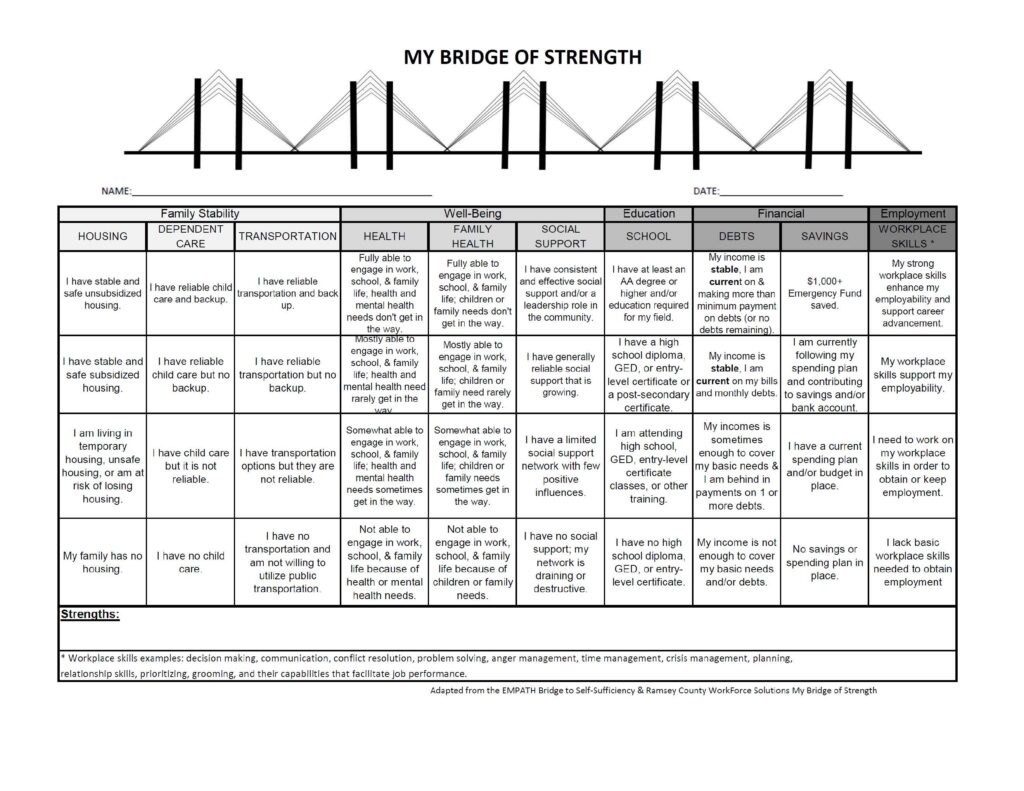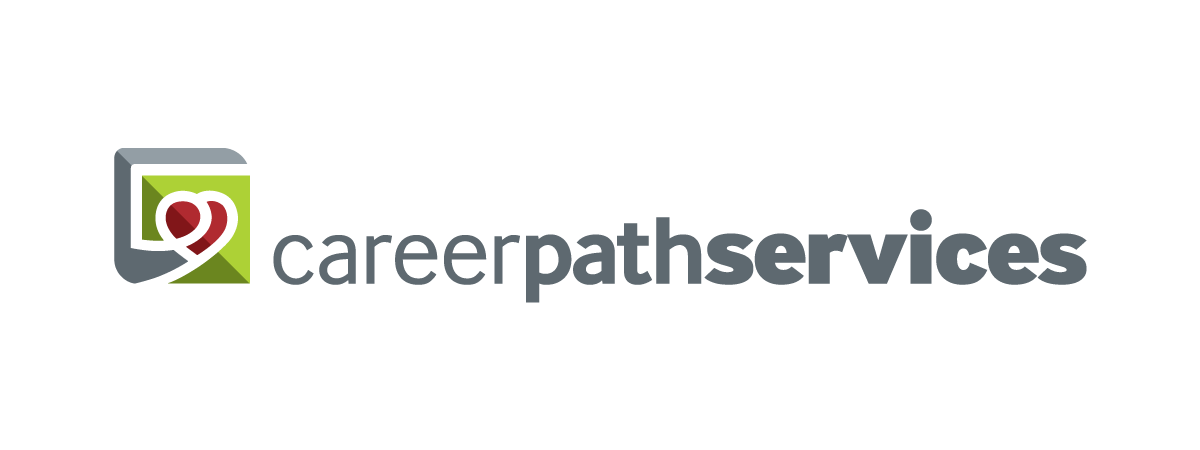EMPath & Mobility Mentoring
It takes a Global Network.
About five or so years ago (I have a pandemic time warp where everything feels like it happened last year), I remember my supervisor at the time sharing some theory of change based on brain science. Admittedly, I’m sure I wasn’t giving her my full attention, given that science and change aren’t
exactly two of my favorite topics, but I agreed to explore them further. I am so glad I did. That day she
introduced me to EMPath and Mobility Mentoring®. I was intrigued by their research on the brain
science behind poverty. It forced me to check some of the preexisting assumptions and
stereotypes I had about people living in poverty. It also got me wondering how we might change our
approach to case management. My hope is by reading this brief article; you’ll become curious and
leave wanting to learn more.
Who is EMPath?
Economic Mobility Pathways (EMPath) is a Boston-based nonprofit whose mission is to transform people’s lives by helping them move out of poverty and provide other institutions with the tools to do the same systematically. EMPath is known worldwide for their coaching approach, founded on the belief that each pathway out of poverty is different. “When it comes to combating poverty in today’s economy, we need to think differently, and we need to work differently,” EMPath President and CEO Elisabeth Babcock shares. Recognizing the need to shift the way human services delivery is done,
EMPath turned to the brain science behind poverty and what the science tells us is poverty and stress
compromise the skills and behaviors most necessary for people to lift themselves out of poverty. In response to this finding, EMPath has developed Mobility Mentoring and The Bridge to Self-Sufficiency®.
Then they went even further and recognized their ability to have the greatest impact on poverty globally, which was to share what they learned and their approach with others, which is how we, an organization on the opposite coast, became a partner in EMPath’s global network.
What is Mobility Mentoring®?
Mobility Mentoring is defined as the professional practice of partnering with participants so that, over time, they may acquire the resources, skills, and sustained behavior changes necessary to attain and preserve their economic independence. The model includes four elements: Coaching, the Bridge to Self-Sufficiency®, Goal Setting, and Recognition. The role of coaching in Mobility Mentoring is one of partnership and working together with participants to strengthen decision-making, persistence, and
resilience over time. The coaches act as “human scaffolding” for building the skills and mindset needed to move out of poverty. This is done with the support of the Bridge to Self-Sufficiency®. The Bridge is a visual tool (see in the picture) used to help participants chart their individual paths to self-sufficiency. It is both a framework for the participants and an assessment tool for the coaches. The visual helps participants see their pathway to self-sufficiency. Each pillar of the Bridge represents an essential area in our lives that is needed to help achieve long-term economic
mobility. It also acts as a blueprint for the third
element of Mobility Mentoring, goal setting. The goal-setting process is participant-driven but
supported by the coach, who offers encouragement, reflection, and refocus. Together, the participant and coach prioritize what to work on, strategize around challenges, and think through options for resources and support to help participants achieve their goals, leading to the final element: recognition.
Recognition acknowledges and celebrates a participant when working on accomplishing a goal. There are no rules for the type of celebration, and often a simple gesture is enough to keep the participant encouraged and motivated. As participants achieve goals, they move up the Bridge and closer to economic self-sufficiency.

The Economic Mobility Exchange™
The Exchange is a membership network for practitioners and professionals who promote economic mobility in their communities. Member organizations come from every sector: nonprofits, public agencies, and multi-service organizations across the globe. Being a member of the Exchange gives us access to training & events, resources, groups, and discussion boards. It is a place to connect with like-minded agencies and individuals who share a common mission as well as access opportunities for
professional development. I encourage you to consider the Mobility Mentoring Foundations course if you’re interested in learning more.
Want to learn more?
If you’re interested in learning more about EMPath and Mobility Mentoring®, I encourage you to visit their site and read through the model in its entirety. There are great blog posts that dig deeper
into each of Empath’s theory of change elements, and you can start with the first of the series here.
As a member of the Exchange, Career Path Services staff can join the Exchange and access the resources referenced above. To join, visit https://portal.empathways.org and click the “Ask to Join” link in the upper right corner. If you run into any issues, feel free to reach out to me, and I can assist in getting you connected.
By: Kelli Eller

Comments are closed.